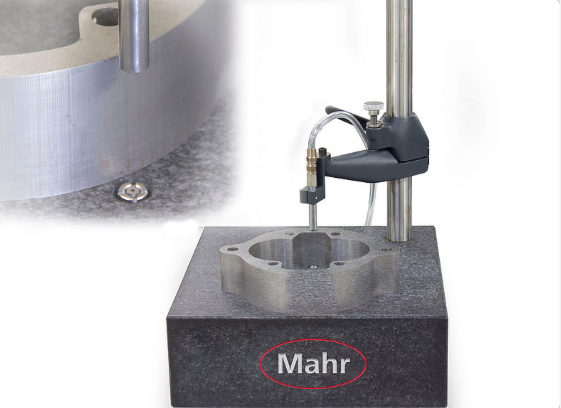Choosing the Right Air Gage
Air gaging has many advantages as an inspection method. It is quick and easy to use, requiring little skill on the part of the operator. It is highly adaptable to measuring special features for both dimensional and geometric tolerances, ranging from simple IDs and ODs to taper, flatness, and runout. With different tooling readily installed…






